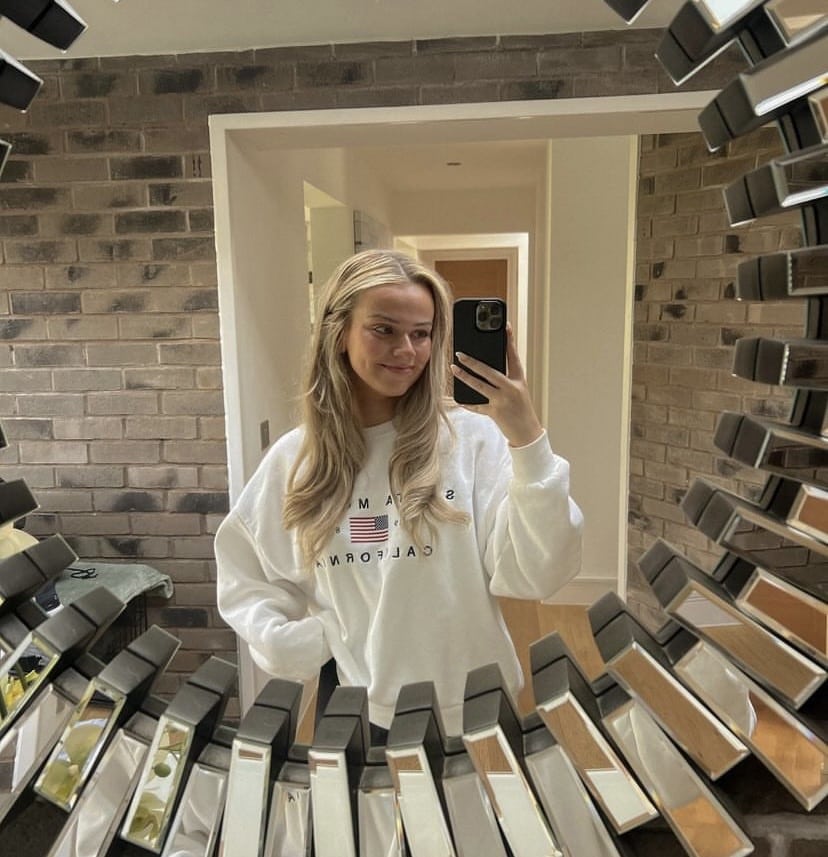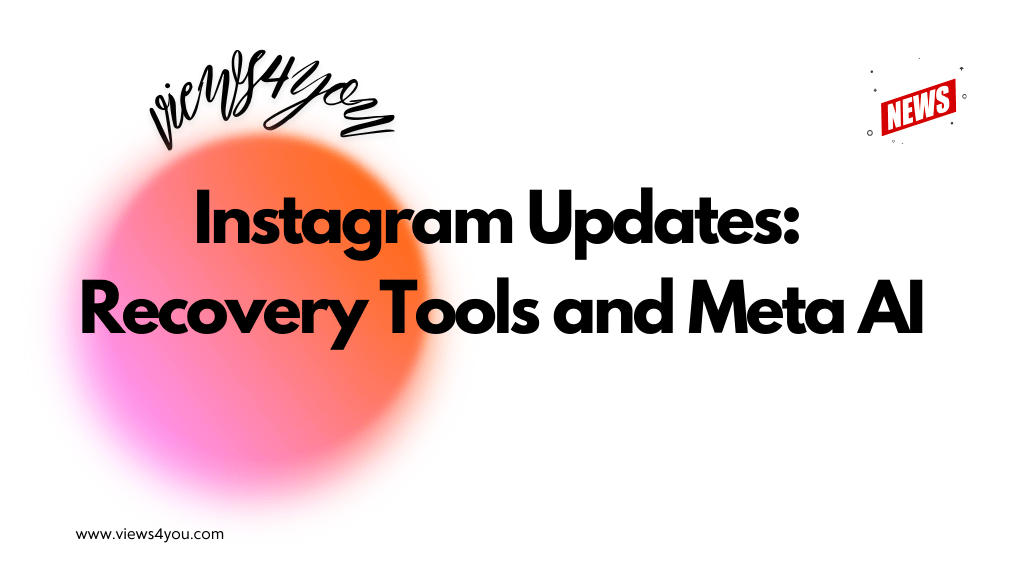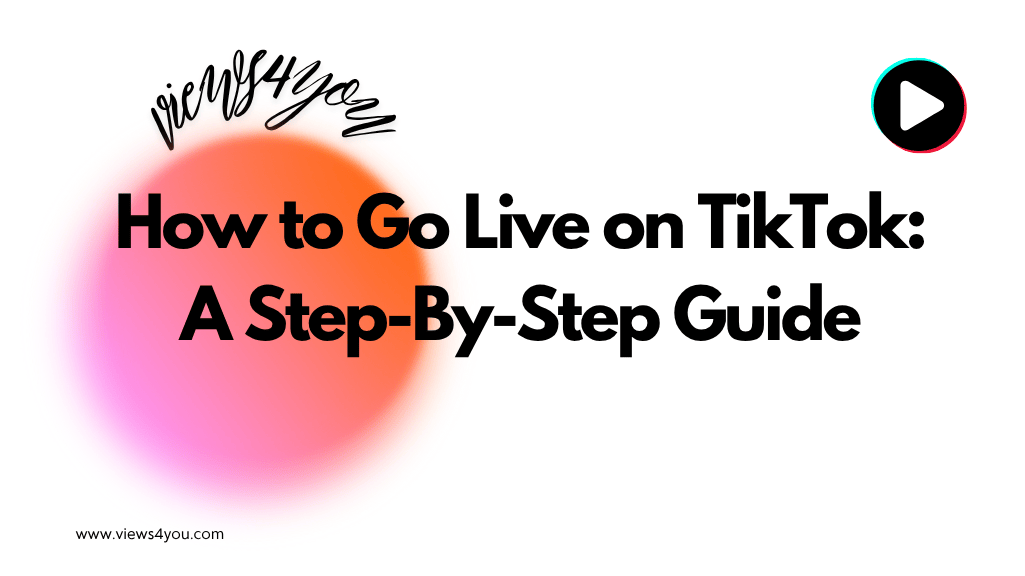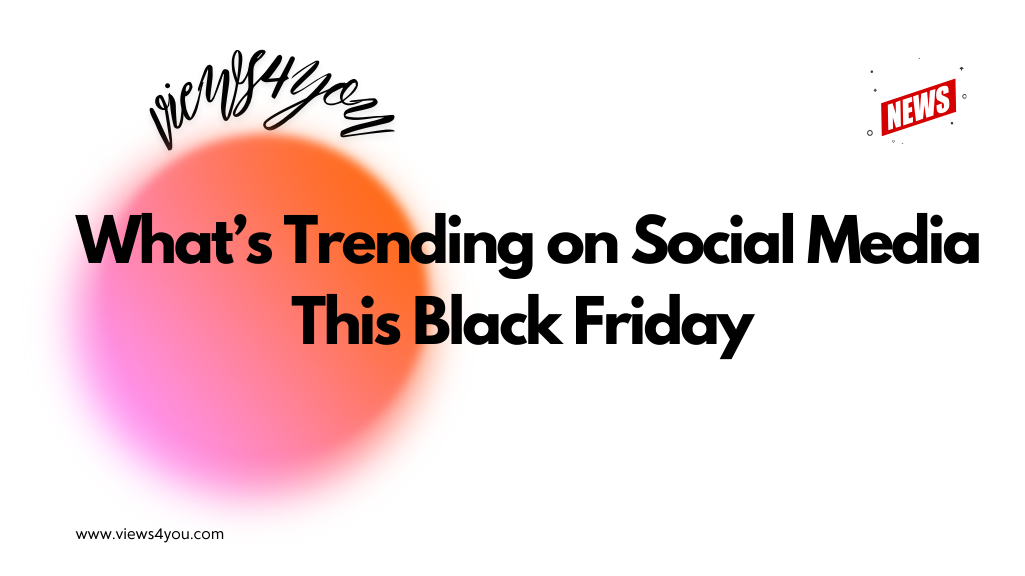TikTok and Instagram are reshaping luxury fashion marketing by turning influencer content, mobile storytelling, and real-time data into powerful brand drivers.
Large fashion houses are evolving as they seek to compete with the likes of social media. TikTok and Instagram matter for marketing, being noticed, as well as generating buzz. The blog considers how they impact luxury through influencers, mobile campaigns, and online stories.
Social Media Becomes the New Luxury Stage
Once, high fashion was personal and rare. It was in limited books, fashion shows, and recondite knowledge. But now, as TikTok and Instagram go after our attention every day, getting attention becomes mandatory. People look for luxury nowadays, ordering online, not at the mall.
Younger clients, particularly Gen Z, are also greatly affected by what they see through their phones. Over 70 percent of 18-to-34-year-old luxury customers discover new labels through short video clips or certified posts in their feed. These platforms are now the prime means of reaching the luxury client, rather than an additional choice.
Mobile Marketing Sets the New Standard

When more people began to use mobile phones, marketing methods evolved as well. Previously, they had relied upon glossy periodicals, but they had to vie to be noticed amidst crowded social media streams now. And so, they had to innovate.
In order to be noticed today, when attention is scarce, luxury brand campaigns must understand how people use their phones to watch content. Campaigns no longer sit still. They can be clicked and swiped, and they can be made to feel individual. It can be a vertical video, it can be a fashion Reel, content should be organic to the platform.
If you’re looking to see how leading brands execute winning campaigns today, know that mobile marketing provides you with the full picture of audience behavior, step-by-step strategies per platform, and storytelling processes crafted for the mobile-first age.
Influencers Redefine Style Leadership
Ambassadors of high life nowadays are no longer stars and supermodels. They are influencers online presenting lifestyle and fashion products authentically, and the high life becomes attractive as it becomes attainable. These voices are trusted because they are grounded in actual experiences, regularity, and a common perspective.
Luxury brands have evolved as well. For instance, Dior collaborates with beauty influencers, and Louis Vuitton can be watched in daily vlogs as easily as in high-end commercials. The collaborations these days aim to be authentic rather than flawless. The end result? A deeper emotional connection with the people and long-lasting brand loyalty.
These partnership funds matter. To get insights into how much influencers actually make and how influencers of high-end brands determine the value of influence, refer to the payouts of various campaigns, modes of collaboration, and return-on-investment tracking in the subsequent analysis of the income of Instagram influencers.
Data-Driven Strategies for Measurable Impact

TikTok and Instagram are laid-back, yet the highest quality ads incorporate data. Data can give the owner of the business insights as to whether it works or not, ranging from the rate of engagement to the originating traffic. It involves the effectiveness of influencers, content types, as well as the audience.
Brands such as Gucci and Balmain immediately enhance their campaigns through real-time data. Non-performing videos can be replaced and reposted within a matter of hours. Effective content in Korea can be replicated easily in other APAC territories in a few days.
Brand name equivalents are convenient, as are minor labels. Data assists minor labels to compete by being precise. Minor labels can go to the correct individual, at the correct location, at the correct time, without squandering finances on broad campaigns.
Global Reach with Local Flavor
One of the largest benefits of social media marketing is that it can go after local regions and employ the same message throughout the country. Trends in Tokyo aren’t the same as trends in New York. The fashion in Dubai, displayed through Instagram Reels, may be unique to the fashion in Paris. But the overall brand message remains the same.
They are engaging local content creators to reach local culture more effectively. Local content creators know the slang, fashion, and emotions of the people they are creating content for. This results in content that feels intimate but yet reveals the brand.
Localization boosts sales. If anyone relates to their wants after watching a local individual living life to the fullest, it motivates people. Any good strategy always involves local steps.
FAQs
Why are TikTok and Instagram significant in the sale of high fashion?
They reach broadly, impact culture greatly, and facilitate rapid interaction. These platforms are the places young high-net-worth buyers seek, consider, and connect with products they wish to purchase.
How do luxury brands utilize influencers differently from mass-market brands?
Luxury brands collaborate intensively with creative individuals having their values and target market in common. They emphasize storytelling, retaining images unchanged, and personal relationships rather than advertising multiple campaigns.
Which of the platforms, TikTok or Instagram, suits high-end fashion better?
It depends on your brand’s goals. Instagram is ideal for aesthetic control and brand storytelling. TikTok offers higher viral potential and relatability. Most successful luxury brands use both in complementary ways.
Will the high-end market develop autonomously in 2025?
Yes, and it’s more critical now. Organic growth indicates your trustworthiness. It contributes to building the authority of the brand in the long run and results in more sustained reach than paid reach.
How can we improve high-end fashion online advertising with the help of data?
Analytics reveals which content, creators, and audience groups perform. It allows brands to make future campaigns more effective, enhance targeting, and accurately track ROI.
How do local influencers market high-end products globally?
They keep large multinational corporations relevant in certain domestic markets. Local content producers give local expertise, linguistic ability, and real-world connections that multinational advertising campaigns cannot offer.






